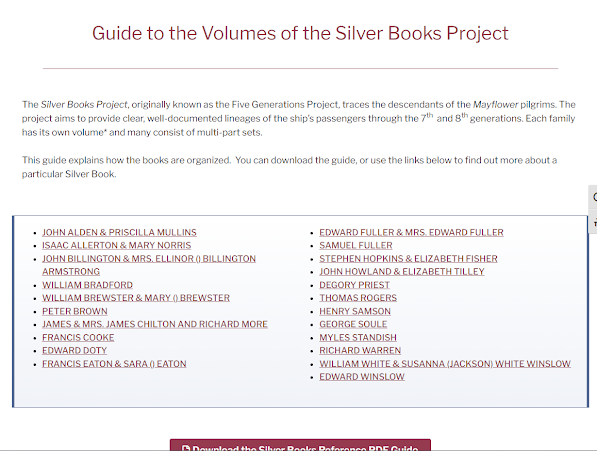Remember getting catalogs from Genealogical Publishing Company (based in Baltmore, Maryland)? I sure do….. sometimes I did order a book but more often I made note of a book pertinent to my research and would look for it next time at a big library. Maybe you did that too? Well, GPC has morphed into My GPC Library and comes offering books to you in a brand new format: digitally. Click to www.genealogical.com to get all the info. But, bottom line, you’ll have access to 800 books for a yearly subscription of $135, or for six months for $75, or for three months for $45. (What a great idea for our long winter days, no?)
Before you read on, here’s a warm fuzzy for you from EWGS member Rosemary Braun. She has a granddaughter born when her parents were in South America, and was named Xochitl……. “so-CHEE.” The name is Mayan and means “beautiful flower.” Rosemary assures us that she loves her name.

Breakdown of the major categories:
- Industry leading how to books and manuals – an unsurpassed collection of more than 140 of our best titles that you cannot find anywhere else
- More than 375 genealogy books on colonial American families
- Over 239 books on New England or Mayflower genealogy
- Nearly 200 immigration titles covering Colonial America to about 1865
- Native American guides and records
- The best collection of titles on Royal and Noble genealogy
- More than 90 titles on Irish and Scottish genealogy
- Guidebooks for African American genealogy and records of families prior to 1870
- Nearly 800 titles in all, and growing










